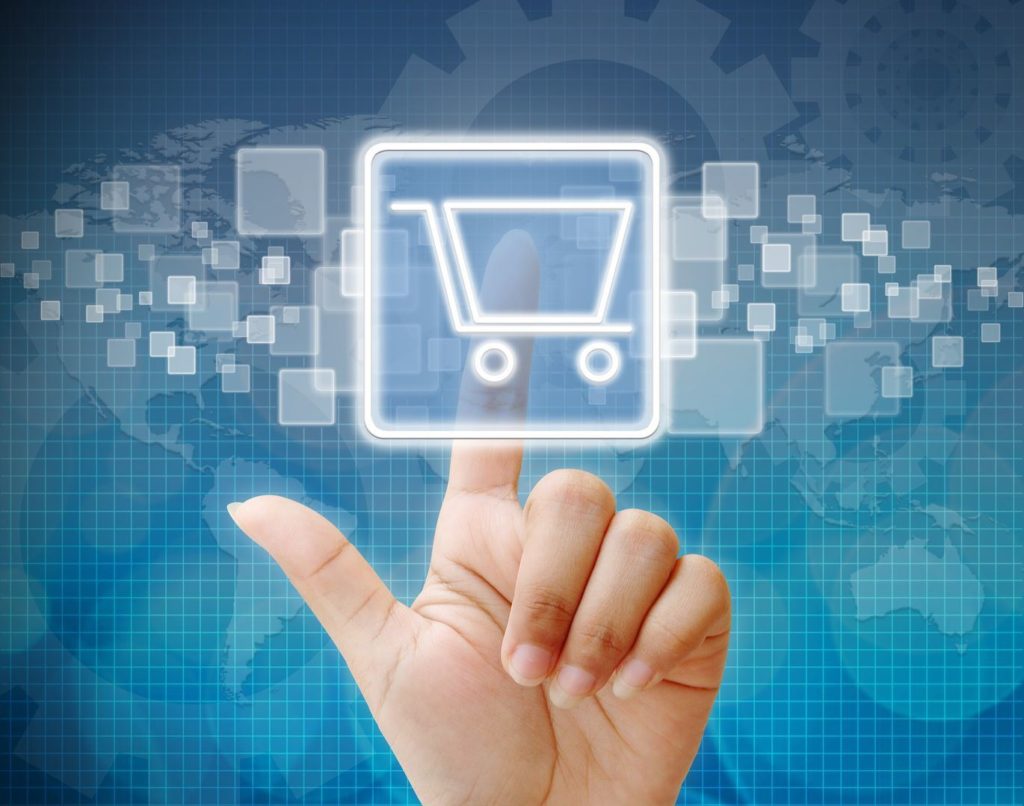Are they an enduring innovation or a temporarily trendy idea? Do they benefit customers or are they just another technological gadget? Each month, Bruno Auret, an expert on digital commerce and the founder and CEO of Blackwood Digital, takes a critical look at digital innovation in retail.
There has been much talk about the new Decathlon City in the 15th arrondissement of Paris. This space, covering a “mere” 500 m2, is more interactive than ever and is counting on its proximity to customers. But what does Digital Commerce specialist Bruno Auret think of it?
“Everyone has been convinced until now that phygital necessarily means training, product personalisation, social walls etc. However, there has not yet been any proof that these propositions generate purchases or that retailers and brands derive any benefit from them. The Cap 3000 shopping centre in Nice is alone in having succeeded, through its Digital Wave, in increasing its shopper numbers by +16% (!) since installing its huge interactive screen.
With its shop in rue du Commerce, Decathlon has put an end to all the fantasies about phygital. The brand is counting on an approach that is certainly less glamorous but, in my opinion, more effective: the pain killer. In other words, how to get rid of all the negatives faced by customers in the course of their shopping.
– Pain killer No. 1: too far away
Until now, Decathlon has been present mainly on the outskirts of big cities, where it is easier for large stores to set up. With the Decathlon City in rue du Commerce, the brand is re-investing in the centre of Paris.
– Pain killer No. 2: too many offers are counter-productive
The goods available in-store are completely tailored to the catchment area in which the shop is located (families with children). There are Running, Fitness and even Cycling departments. Offers not available in-store are accessible through interactive terminals.
– Pain killer No. 3: product not available
Do customers really use these digital terminals independently, in a self-service way? No! Nobody travels to a shop to end up alone in front of a screen. Decathlon has not fallen into that trap. For catalogue goods accessible only through the terminals, Decathlon has given an important role back to sales assistants by inviting them to support customers with their explanations and advice.
These terminals could certainly have been improved from the point of view of signage, graphics and ergonomics. But they do their job: customers and sales assistants use them together and that is what matters.
– Pain killer No. 4: lack of service at fitting rooms
Another trap that Decathlon has avoided is the mirror provided by selfie/cross-selling/social networks, etc., which serves no real purpose and also extends fitting room occupation time (an absurdity in business model terms). Digital technology is used here only as a means of communicating with a sales assistant, whom a customer might ask for the same item but in a different size, for example. Decathlon’s focus is on comfort, not glamour. This is a much smarter approach!
I do have doubts, however, about the practicality of this good idea. Let’s not forget what happened with Darty, which made a terminal available for customers to call a sales assistant if they were unable to find one in the shop. The end result was merely additional frustration: if sales assistants are not available around the shop, the reason is that they are busy, either with another customer or dealing with stock, or that they are having their break. Customers therefore had to wait in vain for an assistant, when it seemed they were being promised an almost immediate reaction.
How will Decathlon City be organised from a logistical point of view? Will there be a dedicated runner for this task? Let’s wait and see.
– Pain killer No. 5: waiting at the checkout
The brand suggests that customers pay for their purchases with their smartphone, using the Decathlon app. The objective is right, namely avoiding the need to queue, but I am not sure that the response is right. The number of apps being downloaded is decreasing, as people prefer to keep room for photos or music.
With regard to the automated checkouts that are also available in-store, these are intended to be quicker than traditional checkouts but they do not really prevent the problem of customers having to wait their turn.
Despite a few drawbacks here and there, this is one of the directions that phygital should take, in my view. Less pointless glamour and more business! I feel that the choices made by Decathlon give us a glimpse of what the shops of the future will be like for customers: far, far fewer constraints. ”
By Bruno Auret

